Walking the walk…
Walks are one of the most exciting things in many dog’s lives. So it is understandable to expect a bit of excitement when they see you grab the lead, and usually it puts you in a good mood to be providing your pooch with the best part of their day. But a walk is actually so much more than a stroll along the road, and to stay in control of the whole process is an extremely important part of managing your dogs overall behavior. It may sound a bit over the top to be so serious about such a fun activity for both the dog and owner but, as usual, a few simple things can make so much difference to your dog’s obedience level.
You’re in charge
Or at least you should be. How to walk a dog is really up to you. The reward of off leash should come after some structure. So don’t let your dog decide when the walk is to take place because you need to stay in control from the very start in the dogs mind. Put their collar on and your walking shoes, then perhaps just relax for a few minutes until they are calm, then attach the leash making sure the dog’s excitement has practically disappeared, before heading out.
Become a Jedi master of chill
Try your best to not hype up your pooch with promises of ‘walkies, walkies’ (yes I know it’s the highlight of your day!). Starting the walk with a calm attitude will again lead to a far more enjoyable experience in the long run. Many of us have our dogs running the show from the word go, dragging us out the door, and charging down the driveway. By this point your friend at the other end of the leash has made all the decisions, all the while taking no notice of you. Dogs are so logical and very clever at understanding who is deciding what happens and when. So if they are bringing you their lead and pushing you out the door, then they are in charge. Don’t be fooled. But if you choose when it’s time to go out, and only put their lead on when they are relaxed and chilled, they soon figure out that that’s how walks will actually begin.
Need help getting your dog to calm down and relax? Check out my program, The Dog Calming Code! Or, if you have a new puppy in your home, check out my Puppy Coach training program!
Good dog!
Sure, there is a time to let them run free like crazy and that is a reward. But that’s only when you say, and not when they pull and pull until you give in. And if you choose to walk your dog on a long line, don’t just let them go where they want to for the whole walk. Again, you are in control and you will walk for a certain length of time then allow them to have a loose leash to stop and sniff, or you can take them over to a lamppost.
Who makes the decisions?
You do! It’s not being mean, it is about your dog understanding that your commands are to be listened to and that will give them a lot more freedom in the long run because you will trust them to listen and do as you say.
Make sure it ends well
Finishing the walk is also an important part of the process. It should always end calmly and positively. The walk isn’t always an instant fix – with some dogs it’s something that you have to chip away at but with time. But if you walk the dog calmly from the start they will simply understand that this is how it has to be and they will stop pulling you around the block.
Remember the walk is often won and lost before you reach the street! .
Enjoy your walks!
Cheers,
 .
.


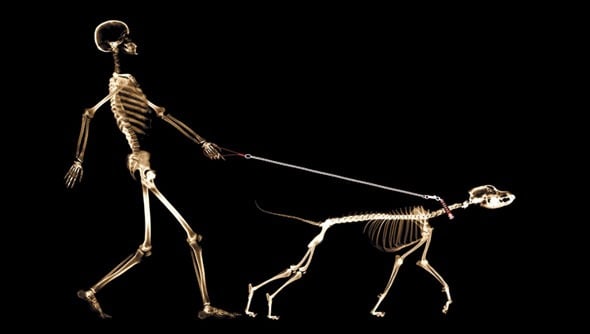


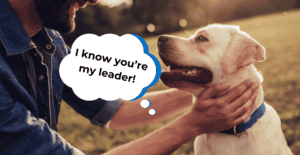
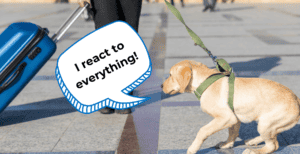
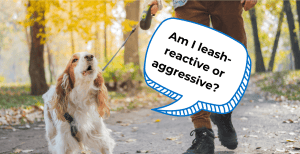
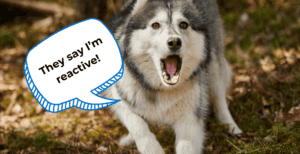
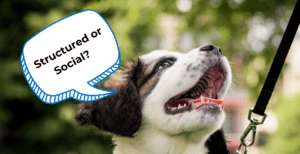
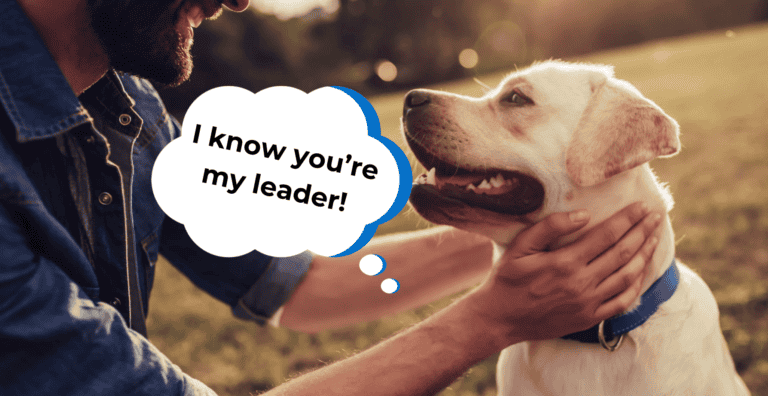
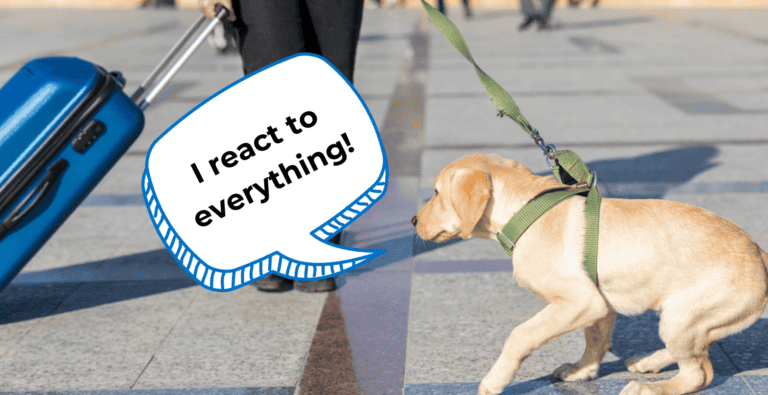
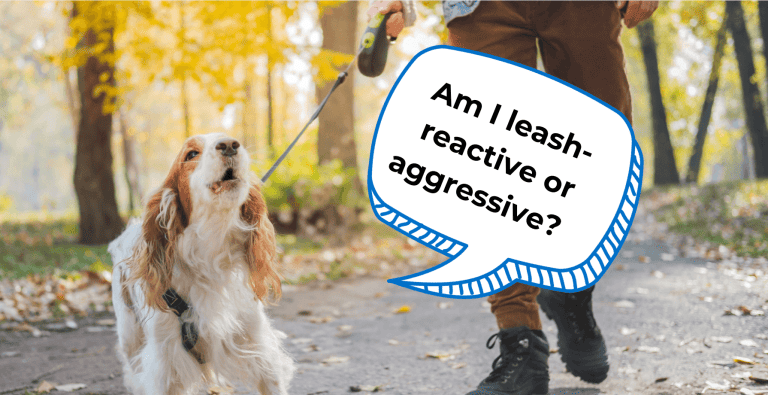

14 Responses
We do go out calm for walks but he loves to pull sniffing everything. I’m using loose lead training & when he pulls I try changing direction. Is there another option. Loved reading your help. Can u help me please
Hi Gayle,
Another option is to simply stop walking! If your dog starts to pull on the leash to sniff something then try stopping and waiting for him to come back to your side, or at least take the pressure of the leash, and then continue on your walk. I generally recommend that you keep walking if your dog tried to stop you to sniff something, so that he begins to understand that on a structured walk he needs to keep on moving. By all means you can allow him to sniff when he is having some free time at the park, or you are not being so structured with the walk, but you do still need to avoid him pulling you around. Great question! Best, Doggy Dan
Hi Dan, love your training tips . I have a 7 mo dachshund and chihuahua mix, tiny 6 lb cutie male. Keeping him calm before walk works great, anticipating cars and bikes getting better; but any new person gets very aggressive . They want to pet him, I tell them no because he gets scared;I haven’t been able to get him to keep calm, any tips
Strangers can be a real trigger for some dogs and it’s important to understand that some dogs view unknown people as a very real danger. To help your dog feel a lot safer I would recommend giving him a little more space when you approach a person on the Street or on a walk. Move him over to your ‘safe side’, which is essentially the side of your body that places you in between him and the passing stranger. Move over to the side of the path a little, shorten your leash so your dog is right by your side and then calmly walk past. If your dog is really unhappy then allowing him even more space will help him feel more comfortable. There is no need to tell him to ‘be quiet’ or get upset, it won’t help, the calmer you stay the better! In the short-term I would ask strangers not to say ‘hi’ to him but you can work towards that. My website TheOnlineDogTrainer.com shows you very clearly how to achieve this…maybe take a quick look…its a $1 trial for 3 days…all the best Doggy Dan
I have a 7month gsd protesting and mouthing if you hold his collar, also returning from a walk he starts to jump up and grab your arm, also has been known to grab somebody else as we stand to chat! He is very intelligent and comes from working stock, he is wonderful at tracking and other commands but we can not give him too much physical exercise due to his age.
Hi Jenny,
Some dogs really don’t like being held by the collar, they can find it intimidating and unsettling. Instead you can clip a leash to their collar and hold it on a shorter length to achieve the same thing. If you are talking to someone then hold your dog on a shorter leash by your side and allow a little more space between you and the person you are talking to, so that if he does jump you have a little space to work with. My website TheOnlineDogTrainer.com has a section about issues on the walk…maybe take a quick look…its a $1 trial for 3 days…all the best Doggy Dan
my fur baby will not quit jumping, she is getting better with me, but when some one else walks up she goes psycho seriously jumping going around in circles
Hi Ruby,
It can be really common for some dogs to get a bit over-excited when they meet a stranger on the walk and the most important thing in helping your dog calm down is how you respond. If she is on-leash then calmly move her away from the person, but avoid making a big fuss or telling her off as this is counterproductive. If you respond calmly then she is more likely to calm down. Also, I would avoid allowing her to run up to a stranger to greet them before you. Have her on a short leash by your side and move aside a little to give her some space. If the person wants to say ‘hi’ to her then ask them to wait a minute to give her some time to relax. Have a chat to them about her breed, age, personality to buy her a bit of time. If she relaxes then take a step away from the person and ask them to call her to them for the pat/fuss, rather than allowing them to invade her personal space. You can gently hold her on a short leash or by the collar so that you can prevent her from jumping up too much but end the interaction if she is too excited.
If she is being rewarded for jumping up at people, by them speaking to her or patting/fussing her when she does it then she will likely continue the behaviour. Taking control of these interactions by being proactive (as above) will ensure she gets the message about how to behave with strangers she meets.
Hope that helps, all the best….Doggy Dan!
Hi Dan – just wanted to say how valuable your blogs are. Thank you. We live in the country and our dogs run and run. Come when called or if I whistle, eat on command. All good. My pup goes on strike with the lead. Just lies down and looks terrified. He is one now. Our older dog is a dream. Not sure how to overcome this. I was thinking to just leave his collar on all the time until he is used to it. All of your techniques have worked. He is the opposite to the dog described in your blog in dog walks. Same if my husband goes to walk him so it’s not me.
Thanks for the feedback Sharon, I’m glad you find my blogs informative. With issues on the lead and walking the best approach is to break the process down into little stages and regularly practice each one with your dog, keeping sessions really positive and fun. Using high value treats also helps a lot! We do cover this issue on my website TheOnlineDogTrainer.com if you are interested in what we advise in greater detail…maybe take a quick look…its a $1 trial for 3 days…all the best Doggy Dan
Cheers Kevin…glad you found it helpful, please do pass it on.
You are more than welcome Heather…all the best.
I am always trying to tell people how to walk their dog. I’m glad to have a good written reference to point them to.
great reminder – thanks Dan.